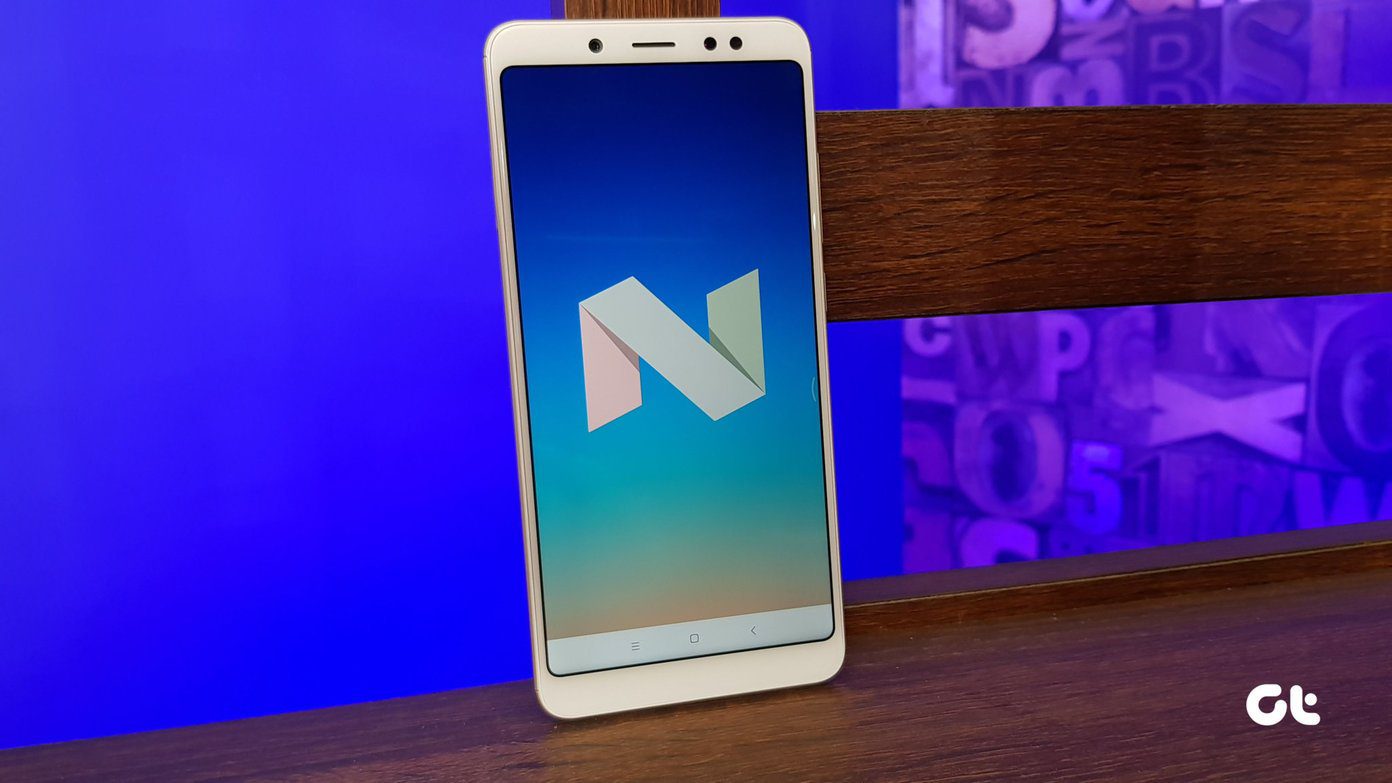Besides Windows computers, it also supports removable media like Smartmedia, Secure digital cards, Memory stick, digital cameras, Sony memory sticks, Compact flash cards and many more. Note: According to Recuva developers, it can recover data from a formatted drive too. It can also recover deleted mail from your mail client. It supports Microsoft Outlook Express, Mozilla Thunderbird, or Windows Live Mail. We haven’t tested these features though.
How to use Recuva to recover deleted files
- Download, install and run the program on your computer. A welcome screen will appear. Click “Next” to proceed.
- It will ask you which kind of files you are trying to retrieve? Check any one of the given options. If you want to retrieve two kinds of files, ex. pictures and music then you cannot select both the options simultaneously. There’s a trick though. You can make use of advance option which I will discuss later in this tutorial.
- Select the location where you want to retrieve the files from. Now the second option “On my media card or iPod” can come in handy if you want to retrieve deleted files from removable media such as phone’s memory card, iPod or digital cameras. If you want to look into any specific location on your computer, then click on “Browse” button.
- Browse for the folder. Here I selected C drive. because I want to retrieve images on my desktop which were accidently deleted by me few days ago.
- In the next screen, click “Start” button. Don’t select deep scan option until you fail on your first attempt to recover the file. Note that “Deep scan” could take over an hour depending upon the size of your hard disk.
- The process will start. I was amazed to see the speed of scan. It is really very fast. It scanned 38 GB of data within 5 seconds. Very effective. Now its time to see the result.
- It will show all the deleted files (Recuva doesn’t disappoint me. It shows more than 122 deleted files including the file I was looking for). To retrieve the file, check the box next to file name and click on “Recover” button.
- Select the folder where you want to recover your file. You should select a drive or a folder different from the scanned drive (I scanned C drive to search all the deleted files so I selected D drive to recover those files). After selecting the appropriate location, click OK button.
- Now check the folder. You will get your file back. Now suppose you want to scan for deleted music. You don’t need to go back and start the process again. Just click on “Switch to advance mode” button in the opened Recuva Window. In the advanced mode you can select any drive and media types from the drop down. There is “option” button available where you could select various options like language, view mode, secure overwriting and other scan options. This way you can use Recuva to recover deleted files. I found this tool useful because it is speedier and more effective than other similar utilities. Download Recuva to recover deleted files. The above article may contain affiliate links which help support Guiding Tech. However, it does not affect our editorial integrity. The content remains unbiased and authentic.

















